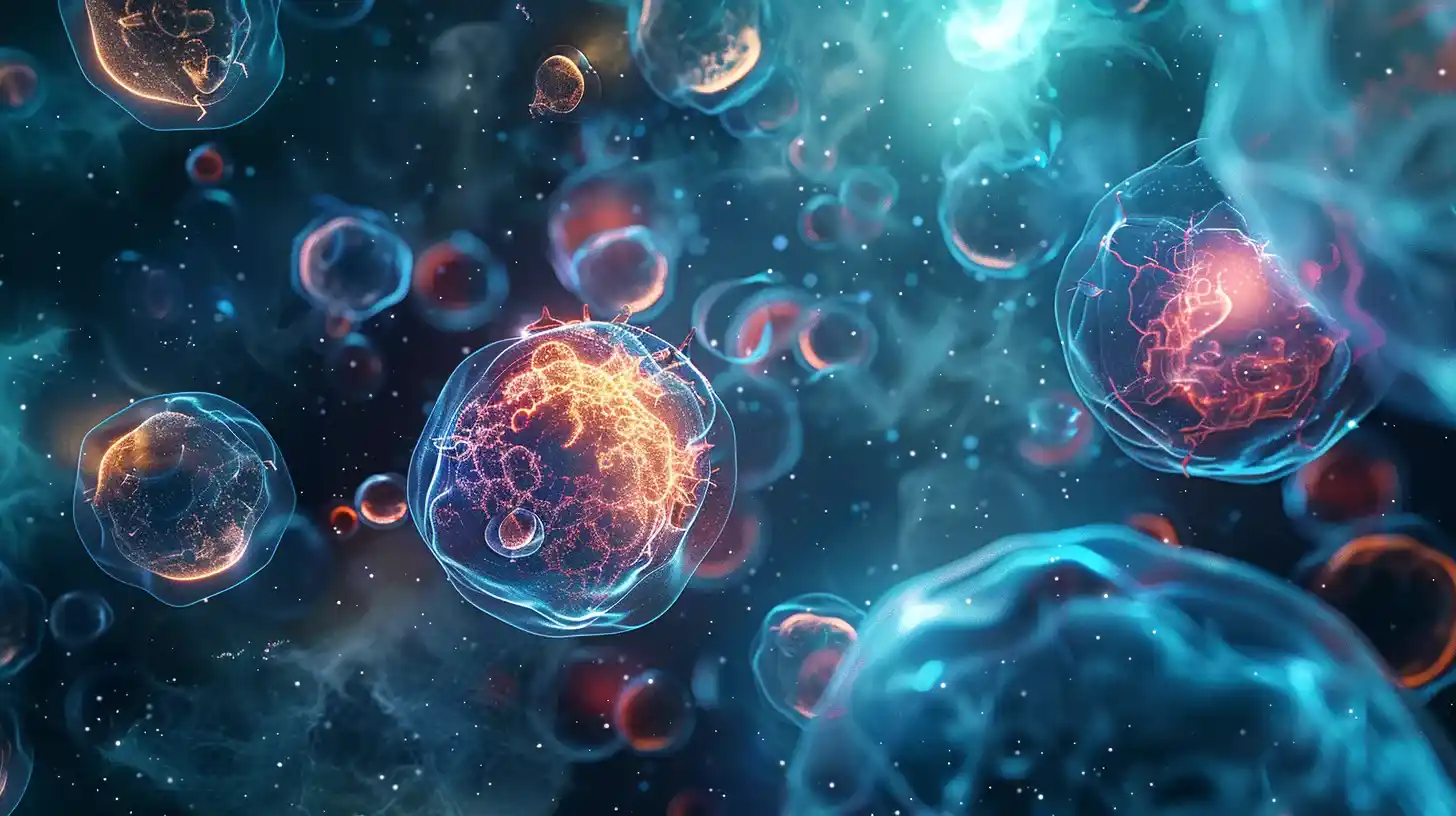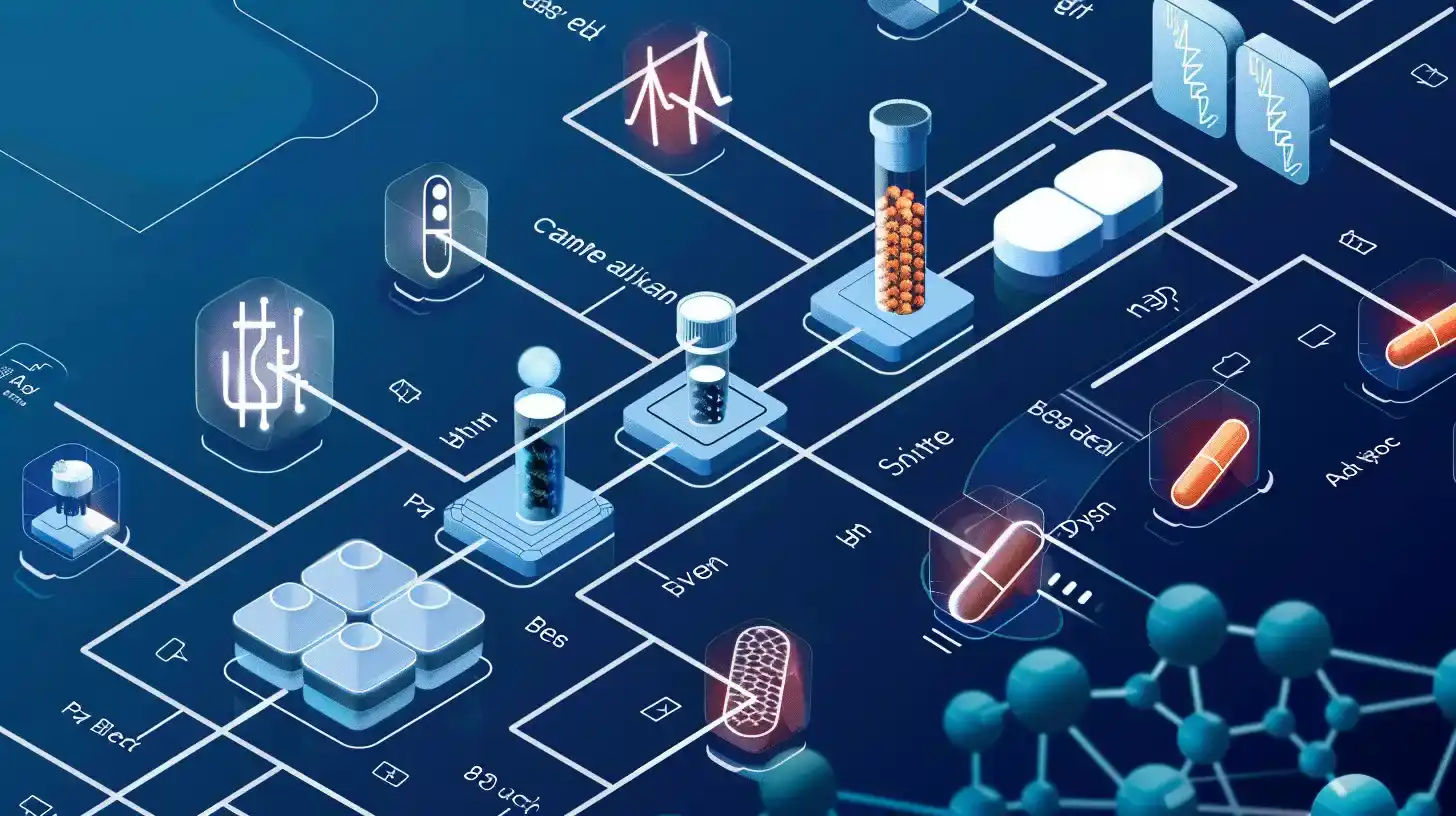Table of Contents
BioHive-2: A Technological Marvel in AI Drug Discovery
In a significant leap forward, Recursion, a pioneer in AI-based drug development, has announced the completion of BioHive-2, a supercomputer that’s breaking records in the pharmaceutical industry. This technological marvel, developed in partnership with Nvidia, is the fastest supercomputer owned and operated by any pharmaceutical company worldwide.
BioHive-2 has earned its place as the 35th most powerful supercomputer across all industries worldwide. It’s a powerhouse that operates four times faster than its predecessor, BioHive-1.
The Power Behind BioHive-2
The secret behind BioHive-2’s impressive performance lies in its construction. It’s built around an NVIDIA DGX SuperPOD AI supercomputer powered by 63 DGX H100 systems. These systems are interconnected by NVIDIA Quantum-2 InfiniBand networking, creating a truly super supercomputer.
Over the past decade, Recursion has been busy creating one of the world’s largest biological and chemical datasets. This treasure trove of data is purpose-built for training new AI models. With BioHive-2 now online, Recursion has significantly more computational power to accelerate the use of this ever-growing dataset.
Phenom-1: A New Foundation Model for AI Drug Discovery

One of the exciting developments at Recursion is the creation of new foundation models, including Phenom-1. This deep-learning model is designed to extract meaningful features from images of cells. The company has found that as the size of the training data and the number of model parameters have grown, so has the performance of its model.
The Impact of BioHive-2 on AI Drug Discovery
The development of BioHive-2 means that Recursion can now execute multiple AI projects of similar or greater size in parallel in shorter timeframes. This will enable teams from both Recursion and its subsidiary, Valence, to pursue advanced AI drug discovery and unlock additional value from Recursion’s data.
Valence, a pioneer in low-data small molecule drug design, was acquired by Recursion last year for $47.5 million. The news of Recursion’s supercomputing advance was met with approval from investors, with the company’s stock rising 10% on Monday.
Phenom-Beta: A New Model for Faster Drug Discovery
Earlier this year, Recursion released a smaller model similar to Phenom-1, called Phenom-Beta, for external use through NVIDIA BioNeMo. This generative AI cloud-based platform is designed to enable faster discovery and design of drugs. Phenom-Beta can process cellular microscopy images into general-purpose embeddings at any scale, from small projects to billions of images.
Phenom-Beta was trained using the RxRx3 dataset, a publicly available dataset released by Recursion last year. This dataset contains approximately 2.2 million images of HUVEC cells across ~17,000 genetic knockouts and 1,674 known chemical entities.
The Future of AI Drug Discovery with BioHive-2

The Phenom series is among several different models Recursion has developed to accelerate drug discovery using biological, chemical, and real-world patient data. Phenom-Beta is the first third-party model to be made available on BioNeMo.
Last year, Recursion’s Nvidia-based platform enabled the AI drug developer to develop a large protein-ligand interaction prediction dataset. Recursion predicted the protein target or targets for approximately 36 billion chemical compounds on Enamine’s REAL Space chemical library, which consists of 48 billion make-on-demand molecules.
REAL Space offers the largest supply of commercially available compounds, according to Kyiv, Ukraine-based Enamine and Salt Lake City, UT-based Recursion. Last December, the companies launched a collaboration to generate compound screening libraries with insights from Recursion’s protein-ligand interaction predictions spanning Enamine’s massive library.
An NVIDIA DGX SuperPOD-based system called Eos ranks No. 10 among supercomputers worldwide. Eos is based on the NVIDIA DGX H100 with Xeon Platinum 8480C processors, NVIDIA H100 accelerators, and Infiniband NDR400 and it achieves 121.4 Pflop/s.
Rory Kelleher, global head of business development for life sciences at Nvidia, believes that accelerated computing, combined with the power of generative AI, is propelling the pharmaceutical industry into a new, advanced era of drug discovery. He sees BioHive-2, powered by NVIDIA DGX AI supercomputing, as a key player in accelerating the development of additional industry-leading foundation models across biology, chemistry, and healthcare.